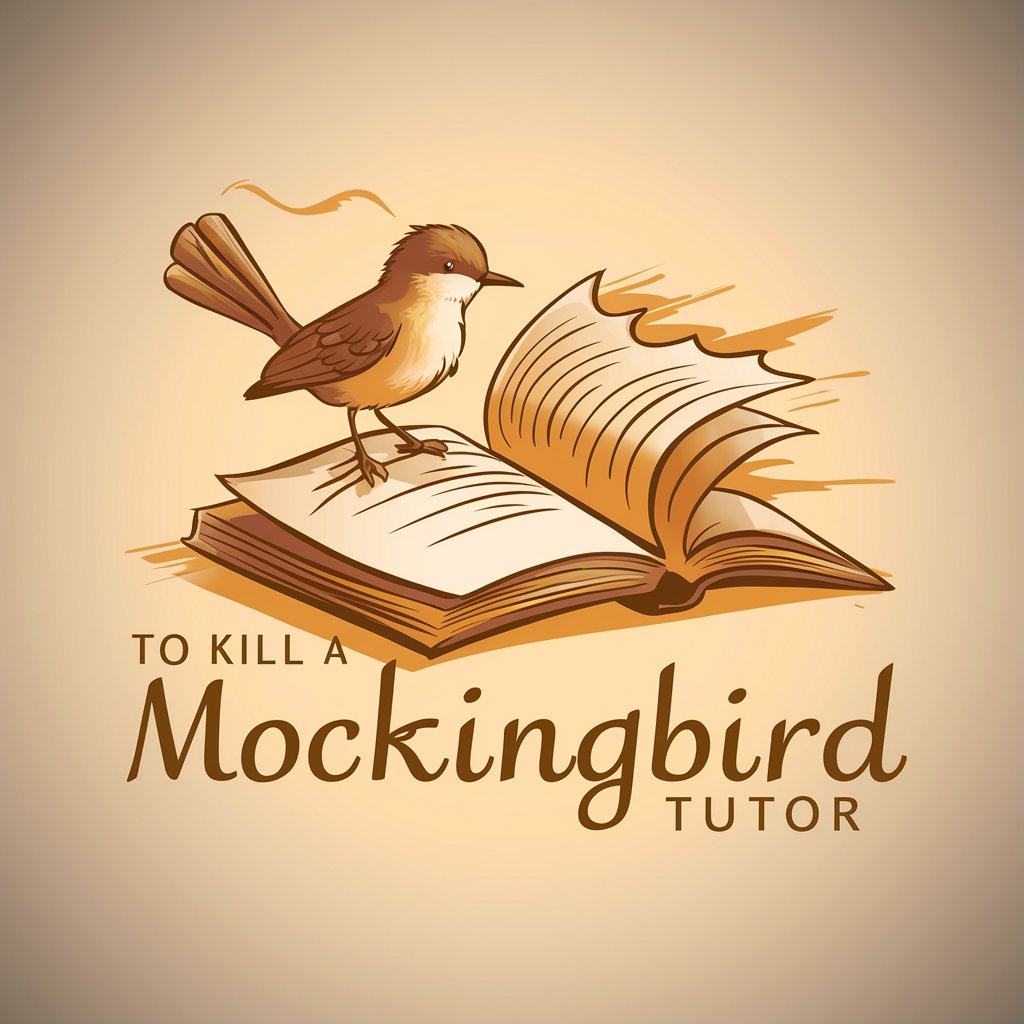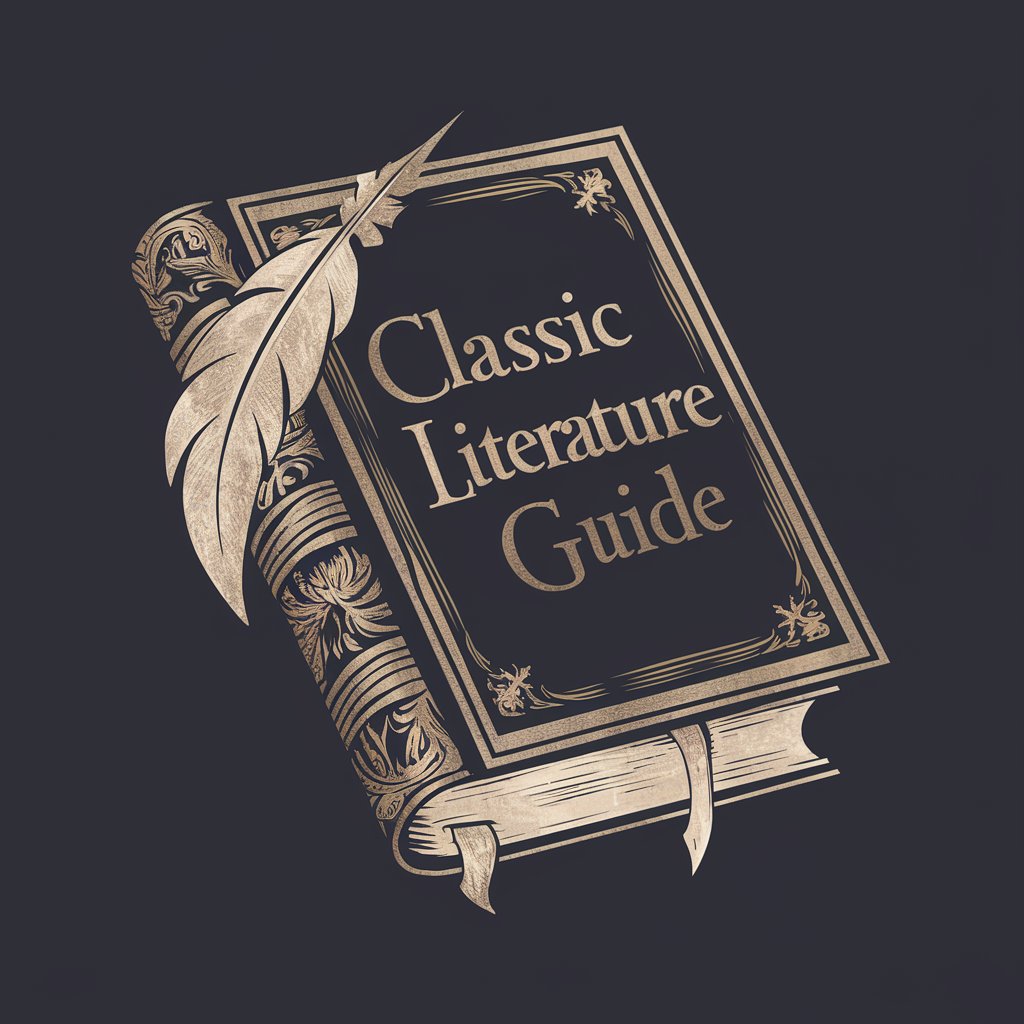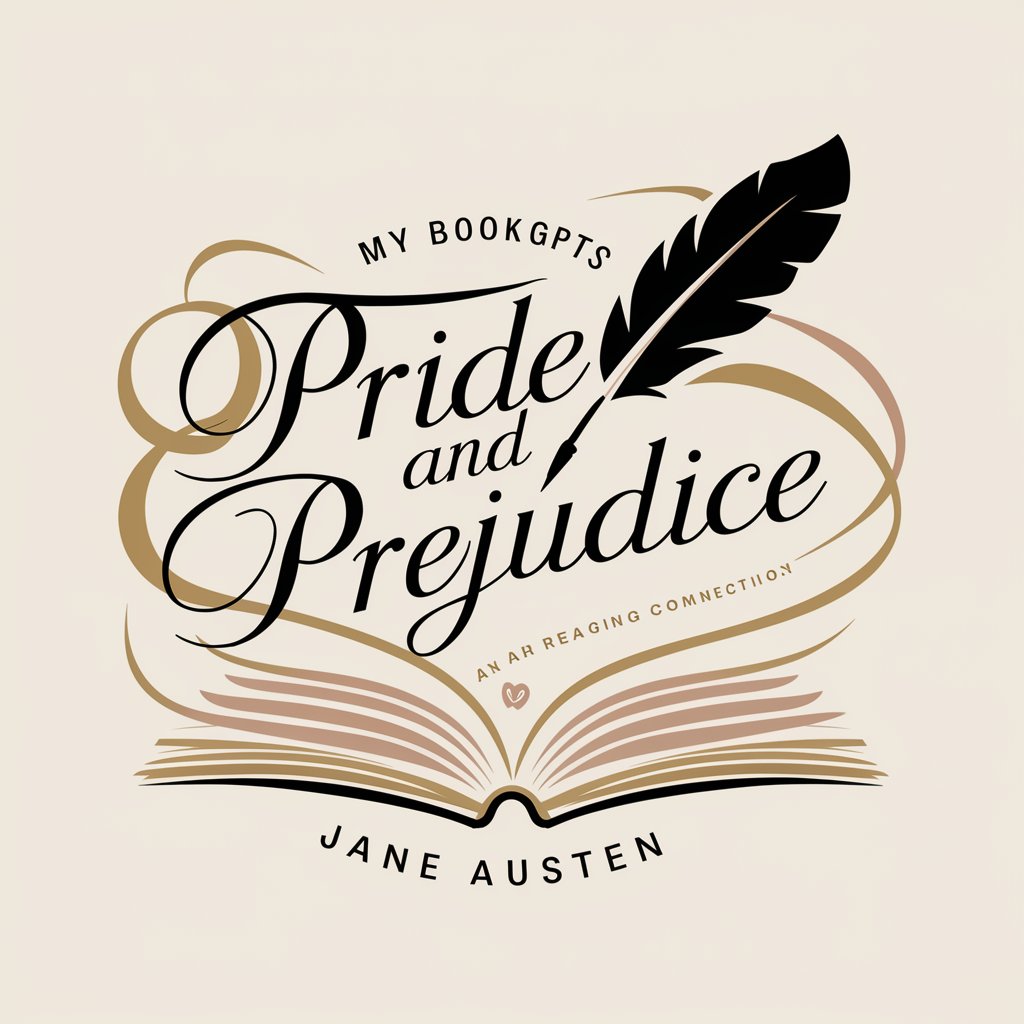
To Kill A Mockingbird by Harper Lee - Detailed Novel Analysis

Welcome to your 'To Kill A Mockingbird' journey!
AI-powered Harper Lee Insights
Explain the significance of Atticus Finch's role in the novel.
Describe Scout Finch's character development throughout 'To Kill A Mockingbird.'
Analyze the themes of racism and justice in 'To Kill A Mockingbird.'
Discuss the symbolism of the mockingbird in the context of the story.
Get Embed Code
Introduction to 'To Kill a Mockingbird' by Harper Lee
To Kill a Mockingbird is a novel by Harper Lee published in 1960. It is renowned for its warmth and humor, despite dealing with serious issues of rape and racial inequality. The novel is set in the Southern United States of the 1930s, a period of racial tension and economic hardship. The story is narrated by Scout Finch, a young girl, who lives with her father, Atticus Finch, an attorney, and her brother, Jem. Scout describes the events leading up to and following a controversial trial in which her father defends Tom Robinson, a black man wrongly accused of raping a white woman. Through this narrative, Lee explores themes of moral nature, social injustice, and the destruction of innocence. The character of Atticus Finch serves as a moral hero for many and a model of integrity for lawyers. Powered by ChatGPT-4o。

Main Functions of 'To Kill a Mockingbird' by Harper Lee
Exploration of Themes
Example
The novel explores complex themes such as racial injustice, moral growth, and the loss of innocence. These are articulated through the events of the trial and the children's encounters with prejudice.
Scenario
Teachers and students often use the book in educational settings to discuss and analyze its themes, providing a platform for dialogue about ethical and societal issues.
Character Development
Example
Characters like Scout and Jem Finch undergo significant development, learning about the complexities of human nature and society. This growth is particularly seen as Scout moves from innocence to a more nuanced understanding of her community.
Scenario
Readers witness the psychological and moral growth of characters, which can be particularly impactful for young adults understanding their own place in society.
Cultural Impact
Example
The novel has had a profound influence on American culture, prompting discussions about race and justice. Atticus Finch's character has become synonymous with moral integrity and righteousness.
Scenario
The book is frequently referenced in discussions of racial justice, and Atticus has become a symbol in legal circles for his advocacy of justice and equality.
Ideal Users of 'To Kill a Mockingbird' by Harper Lee
Educators and Students
Educators utilize the novel to teach themes of empathy, justice, and ethical behavior. Students engage with the book to develop critical thinking skills and confront complex social issues.
Legal Professionals
Legal professionals and scholars often reference the novel for its poignant depiction of the legal system and its exploration of the concept of justice and moral responsibility in the practice of law.
General Readers
General readers who are interested in American literature, historical perspectives on social issues, and character-driven narratives find value in Harper Lee's storytelling and thematic exploration.

Using To Kill A Mockingbird by Harper Lee
Step 1
Visit yeschat.ai for a free trial without the need to log in, and no requirement for a ChatGPT Plus subscription.
Step 2
Ensure you have access to the novel 'To Kill a Mockingbird' by Harper Lee, either in digital or physical format, to follow along with detailed discussions and analysis.
Step 3
Utilize the detailed Q&A section to explore specific queries or themes within the novel, enhancing your understanding or aiding in academic study.
Step 4
For deeper engagement, consider your own responses or interpretations of the novel and compare them with the insights provided here.
Step 5
Make use of the tag list for different usage scenarios to find the most relevant analysis and information pertinent to your specific interest or academic needs.
Try other advanced and practical GPTs
Kill Team Tactics Keeper
Strategize, optimize, conquer.

Read Between the Lines
Elevate conversation with wit.

Translate between any languages / 同声传译
Seamless translations, powered by AI

Translation Between Korean and English
Bridging Languages with AI Precision

Write Between the Lines
Subtly Shift Tone, Maintain Decorum

Content Bridge: Copy Between Devices
Seamlessly Bridge Your Digital Content

KILL your EGO
Unleash Your Potential with AI

Kill team
Strategize, compete, conquer.

Zombie Kill of the Week
Unleash your inner zombie slayer

Kill Bill Quote Master
Guess the 'Kill Bill' quote, challenge your screenplay knowledge.

InteRXsion Quiz! Don't Kill the Patient!
Learn drug interactions with AI-powered feedback.

DevOps Helper
Simplifying DevOps, one task at a time.

Detailed Q&A About To Kill A Mockingbird by Harper Lee
What is the significance of the mockingbird symbol in the novel?
The mockingbird symbolizes innocence and purity, and the act of 'killing a mockingbird' is a metaphor for the destruction of innocence. Characters like Tom Robinson and Boo Radley are considered 'mockingbirds'—they cause no harm yet suffer from the prejudices and injustices of society.
How does the setting influence the story?
Set in the 1930s in the fictional town of Maycomb, Alabama, during the Great Depression, the setting provides a backdrop of racial and economic strife that is crucial to the development of the novel's themes of racial injustice and moral growth.
Can you explain Atticus Finch's approach to parenting?
Atticus Finch uses a parenting style that is respectful and understanding yet firm. He teaches his children, Scout and Jem, by example, emphasizing the importance of empathy, moral integrity, and the necessity of standing up for what is right.
What role does Calpurnia play in the Finch household?
Calpurnia serves as the Finch family's cook and housekeeper and acts as a maternal figure to Scout and Jem. She also provides them with insights into the black community in Maycomb, thereby bridging the racial divides and offering a perspective different from their own.
Discuss the importance of the trial scene in the novel.
The trial of Tom Robinson is central to the narrative and the themes of the novel. It exposes the deep-seated racial prejudices of the time, serves as a profound lesson in justice and morality for Scout and Jem, and highlights the integrity and moral fortitude of Atticus Finch.





